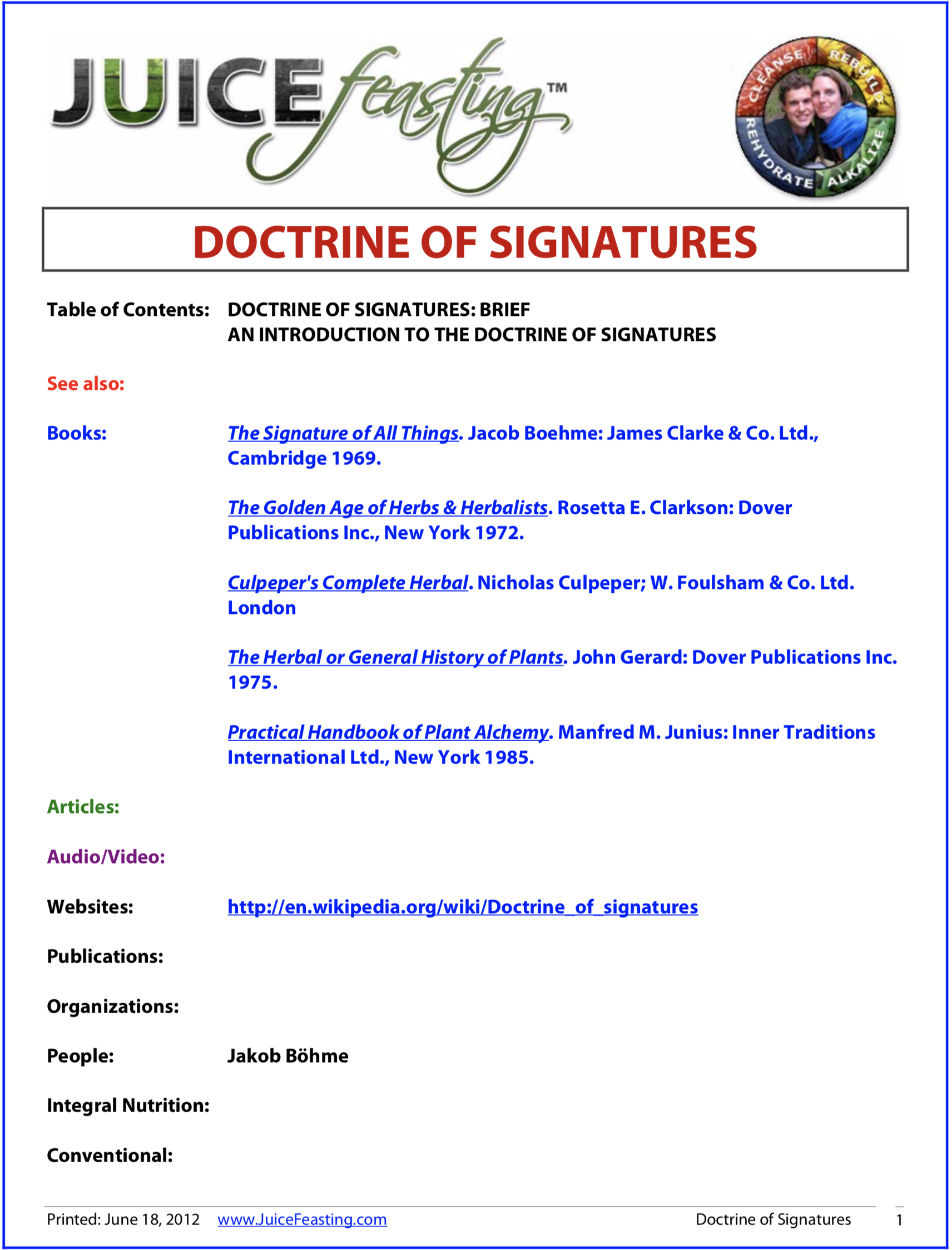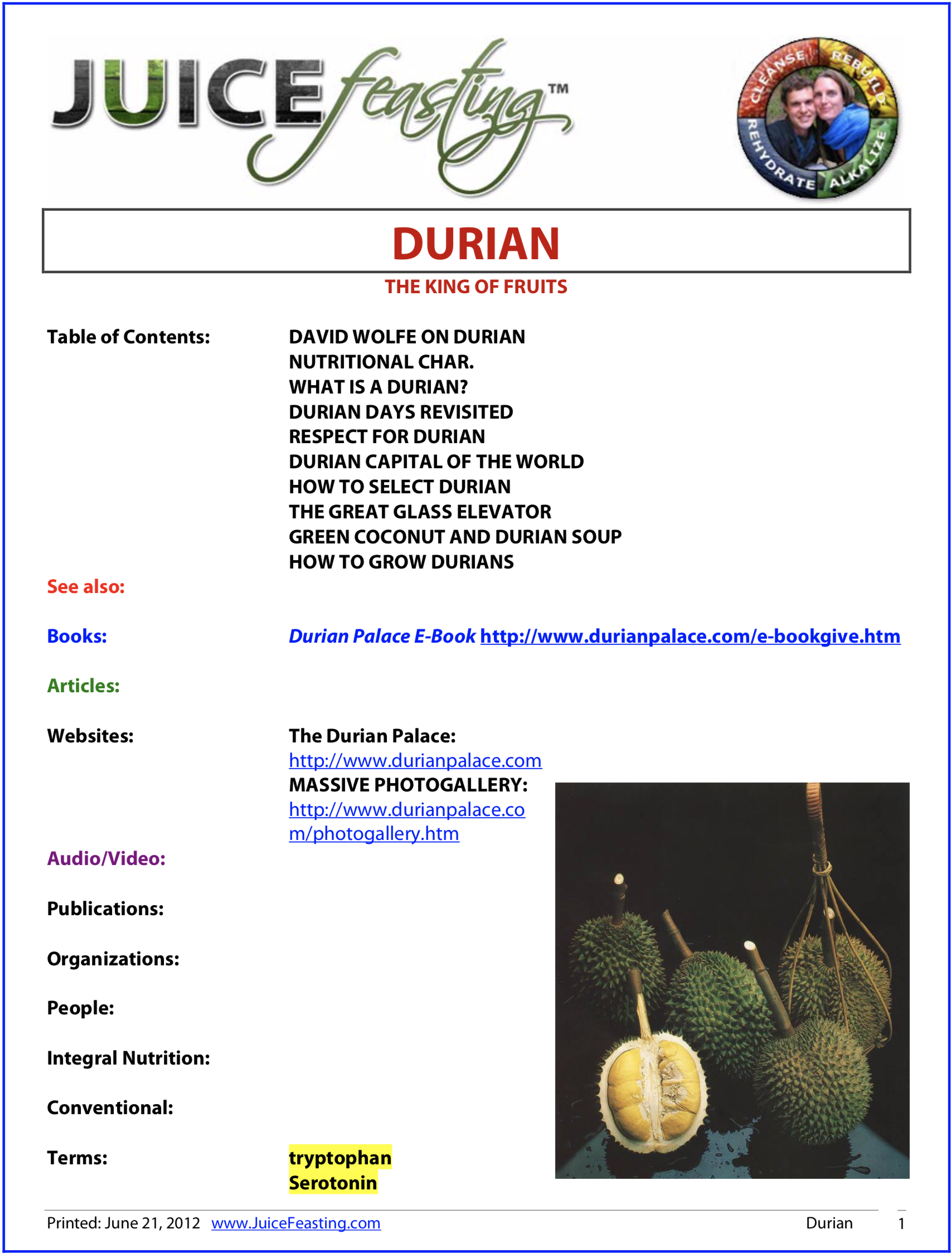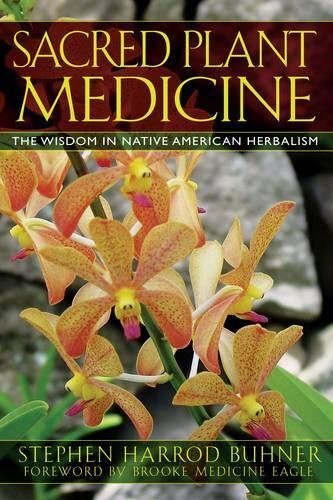Day 92: Wild Edibles and Exotic Treats
Wild Edible Resources; Wild Foraging with Sergei Boutenko; Durian; Mangosteen; Exotic Foods
Welcome to Day 92!
Congratulations! Kudos to you, boon-bringer of modern times!
Do you know how important you are? What a great blessing you are to everyone you meet? This Feast that you have accomplished is the single most important thing anyone can do at this point to foster peace at every level. I appreciate you, and the world needs you and 10,000 people like you to help us transform our miserable condition. Thank you for your Great Act of Love.
Wild Edibles
Today’s subject of wild edibles has been chosen for several reasons:
1. Wild foods are the most nutrient dense foods available.
2. Wilds are accessible to everyone.
3. As you progress in Live Food Nutrition, wild foods will be an addition to your diet you will not want to miss.
4. Knowing how to gather, prepare, and eat wild foods is an excellent survival skill, whether there is plenty of food available, or not.
One of the best ways to use wild edibles is in Green Smoothies. Find your wild greens and mask their stronger taste by adding them with fruits such as the berries, and even banana, papaya, pineapple, mango, etc. Another excellent way to use wild greens is to dehydrate them at low temperature, and then blend them in a high speed blender to make your own wild green superfood powder concentrate. You can use all the grasses to do this as well, and makes for a stellar food resource that is local to you, and extremely mineral dense.
Doctrine of Signatures
The “Doctrine of Signatures” has been an idea of herbalists for centuries, but it did not become part of the medical thinking until the middle of the seventeenth century. In simple terms, the “Doctrine of Signatures” is the idea that God has marked everything with a sign (signature). The sign was an indication of the purpose for the creation of the item.
The “Doctrine of Signatures” was popularized in the early 1600s by the writings of Jakob Böhme (1575-1624), a master shoemaker in the small town of Görlitz, Germany. At the age of 25, Böhme had a profound mystical vision in which he saw the relationship between God and man. As a result of the vision, he wrote “Signatura Rerum; The Signature of all Things”.
His book espoused a spiritual philosophy; however it soon was adopted for its medical application. The Doctrine states that, by observation, one can determine from the color of the flowers or roots, the shape of the leaves, the place of growing, or other signatures, what the plant’s purpose was in God’s plan.
A good example would be Hepatica acutiloba, a perennial wildflower that is common in the eastern U.S. Hepatica has a three-lobed leaf that supposedly bears a resemblance to the liver. Because of this, herbalist believed the plant to be effective in treating liver ailments. Even though the “Doctrine of Signatures” was a product of medieval alchemists and herbalists, a similar belief is held by Native Americans and Oriental cultures.
Theme Music: “Don’t Eat Something if You Don’t Know What it Is” by Sergei Boutenko.
Urban Fruit Gleaning collects fruit that grows on neighborhood trees, and distributes it to local Food Banks for distribution benefiting those in need.
Brigitte Mars on Day Lillies
Today’s Downloads
doctrine of signatures
The “Doctrine of Signatures” has been an idea of herbalists for centuries, but it did not become part of the medical thinking until the middle of the seventeenth century. In simple terms, the “Doctrine of Signatures” is the idea that God has marked everything with a sign (signature). The sign was an indication of the purpose for the creation of the item. The Doctrine states that, by observation, one can determine from the color of the flowers or roots, the shape of the leaves, the place of growing, or other signatures, what the plant’s purpose was in God’s plan.
durian: the king of fruits
“Its consistence and flavor are indescribable. A rich butter-like custard highly flavored with almonds gives the best general idea of it, but intermingled with it come wafts of flavors that call to mind cream cheese, onion sauce, brown sherry, and other incongruities. Then there is a rich glutinous smoothness in the pulp that nothing else possesses, but which adds to its delicacy. It is neither acid nor sweet or juicy, yet one feels the want of none of these qualities, for it is perfect as it is. It produces no nausea or other bad effect, and the more you eat of it the less you feel inclined to stop. In fact to eat durians is a new sensation, worth a voyage to the East to experience.”
– Alfred Russell Wallace, famous naturalist, The Malay Archipelago
sturtevants edible plants
It is especially appropriate that such a volume should be issued at this time. Food problems are becoming more and more acute as the demand for food increasingly overshadows the supply. Primitive peoples depended upon food resources which are now neglected. Other sources of possible human nutrition have doubtless remained untouched, and the time may come when a comprehensive utilization of food plants will be essential to human sustenance. It is believed, therefore, that the information so ably brought together by Dr. Sturtevant cannot fail to become increasingly useful.
Online Articles
A Wilder Lawn by Brigitte Mars
Let’s rethink the American lawn! Free food for all and no more mowing, wasting gasoline and water!
Delightful and Delicious Day Lilies by Brigitte Mars
Blend Edible Wild Greens into Green Smoothies by DaNae Johnson
Over the past few years, many people have started drinking daily green smoothies and want to continue. But those same people are noticing that the greens can be the most expensive ingredient in the green smoothie. Plus, the prices of fresh produce are rising at tremendous speeds. Here are some ways to save money while using wild weeds right in the backyard.
Great Books
By Brigitte Mars
Don’t Weed ‘Em — Eat ‘Em!
It’s one of the most nutrient-packed foods on earth, and one of the world’s most widely used herbal medicines — and it’s right in your backyard! Now, dandelion and all its latest uses, preparations, and recipes are brought together for the first time by nationally recognized herbalist Brigitte Mars. Whether you suffer from arthritis, high cholesterol, depression, or diabetes — or you want to help prevent these and a host of other health problems — you should learn to love dandelions.
Discover how easy it is to incorporate dandelions into your life with Danelion Medicine’s delicious recipes for biscuits, burgers, cookies, lasagna, muffins, pancakes, pizza, quiche, salads, and soup as well as coffee, juice, beer, syrups, and yes, even dandelion wine. Plus, to make sure you fell good inside and out, you’ll also find dandelion herbal remedies in the form of teas, tinctures, tonics, ointments, massage oil, skin oil, and moisturizer — all simple and fun to make at home.
By Stephen Harrod Buhner
The era of the penicillin miracle is over. Through our indiscriminate use of pharmaceutical antibiotics in hospitals and factory farms, humans have created “Superbugs” — tenacious and virulent bacteria that develop resistance to solitary antibiotic compounds at an alarming speed.
In this empowering book, Stephen Buhner offers conclusive evidence that plant medicines, with their complex mix of multiple antibiotic compounds, are remarkably effective against drug-resistant bacteria. You’ll learn how antibiotic herbs such as aloe, garlic, and grapefruit seed extract represent our best defense against bacteria such as Staphylococcus aureus, E. coli, and Salmonella — and how their use will ensure that, in the future, antibiotic drugs will still be there when we really need them.
By Stephen Harrod Buhner
As humans evolved on Earth they used plants for everything imaginable–food, weapons, baskets, clothes, shelter, and medicine. Indigenous peoples the world over have been able to gather knowledge of plant uses by communicating directly with plants and honoring the sacred relationship between themselves and the plant world.
In Sacred Plant Medicine Stephen Harrod Buhner looks at the long-standing relationship between indigenous peoples and plants and examines the techniques and states of mind these cultures use to communicate with the plant world. He explores the sacred dimension of plant and human interactions and the territory where plants are an expression of Spirit. For each healing plant described in the book, Buhner presents medicinal uses, preparatory guidelines, and ceremonial elements such as prayers and medicine songs associated with its use.
Media, Films, & Documentaries
[DVD Presentation] Greens Can Save Your Life with Victoria Boutenko
In this inpirational lecture, Victoria addresses some of the most intriguing questions regarding health. Is anything missing in the raw food diet? How do chimpanzees eat in the wild? What is green smoothie and what are its benefits? Why is it hard to love greens? What is the nutritional value of greens? Fiber – the magic sponge. What is the significance of stomach acid? How can greens make the body more alkaline? Why is healthy soil more valuable than gold?
[DVD Presentation] The Miracle of Greens: How Greens and Wild Edibles Can Save Your Life with Sergei Boutenko
The Miracle of Greens: how greens and wild edibles can save your life; brings Sergei Boutenko’s world-renowned lecture to the convenience of your home. In this DVD, Boutenko builds on the concepts of Green For Life (a book by Victoria Boutenko) outlining why it is so important to incorporate more green leafy veggies into your diet. Furthermore, Boutenko instructs how easy it is to develop a healthy routine that will benefit your body, mind, and longevity!
During part 2 of this DVD, Sergei introduces the importance of eating more wild edibles foods. He then takes the viewer on a virtual wild edible walk in which he demonstrates how easy it is to stay safe while harvesting nature’s FREE superfood. Running time: 70 min







